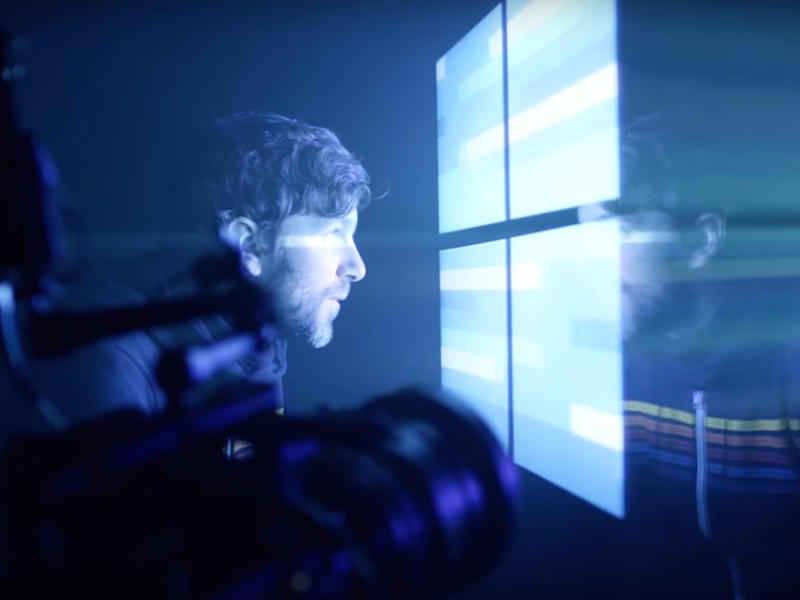Want to enjoy an ultra-sharp wallpaper on your new Windows 10 Laptop? Here is how.

While most users who run Windows 10 on smaller, portable devices 10 inches and smaller, like smaller tablets and ultraportable laptops may not notice the difference, the resolution of a desktop wallpaper on a large, high-resolution display, like an Apple iMac running Windows 10 with Boot Camp, or a Microsoft Surface Book, may not look as crisp as it should.
The reason for this is that Windows 10 compresses the resolution of any high-resolution desktop wallpaper, to speed up the rendering of desktop elements, like icons, folders and application windows.
The desktop wallpaper, on any graphical operating system, including macOS, and any Linux distro’s GUI as well, needs to use compression, as the display of a high-resolution image can have an impact of performance.
Permanently looping video, or any kind of animation on the background is a very inefficient way to use computing resources.
If your computer is relatively powerful, however, allowing the system to use uncompressed high-resolution images as desktop background, can make a visible improvement on how the desktop looks when idle.
Here are a few, relatively simple, steps to accomplish this feat on a Windows 10 PC:
Replacing an existing compressed image
Open File explorer and navigate to C:\Users\<your user name>\AppData\Roaming\Microsoft\Windows\Themes, and look for a file called TranscodedWallpaper. This file has no extension, so you may want to enable hidden files visibility if you cannot find it.
Rename that file to something else, and copy a high-resolution image file of your choice in the same folder.
Rename the new file “TranscodedWallpaper” and remove the extension. From this point forward, the new, crisp and uncompressed image will display.
To ensure that the new image stays the way it is, remove any other file or folder in that directory, including “CachedFiles”.
Switching off image compression permanently
The method above is a quick-and-dirty fix, but it is not permanent, which means that if you load a new image as a wallpaper, that image will be compressed once again. To permanently fix this behavior, turning off compression requires a little registry hack.
Hold down the Windows Key and press R, to bring up the Run command prompt. Next, type “regedit”, and press OK, to open the Registry Editor.
Navigate the editor to: HKEY_CURRENT_USER\Control Panel\Desktop, and create a new “DWORD (32-bit) Value”, by right-clicking into the Desktop folder, and choosing New.
Rename the new key “JPEGImportQuality”, and double-click it. Modify the “Value data” field to 100, and click OK. What this means is telling the system to use 100% image quality for the desktop wallpaper.
Keep in mind that using an image of massive size may result in a decrease in performance, which calls for being mindful of how big an image you should use, especially when planning on working with particularly resource-hungry applications.
Ready to shop?
PortableOne has the best deals on Windows 10 Pro laptops, featuring the latest hardware-based security features, and full BitLocker encryption to protect your files from prying eyes.